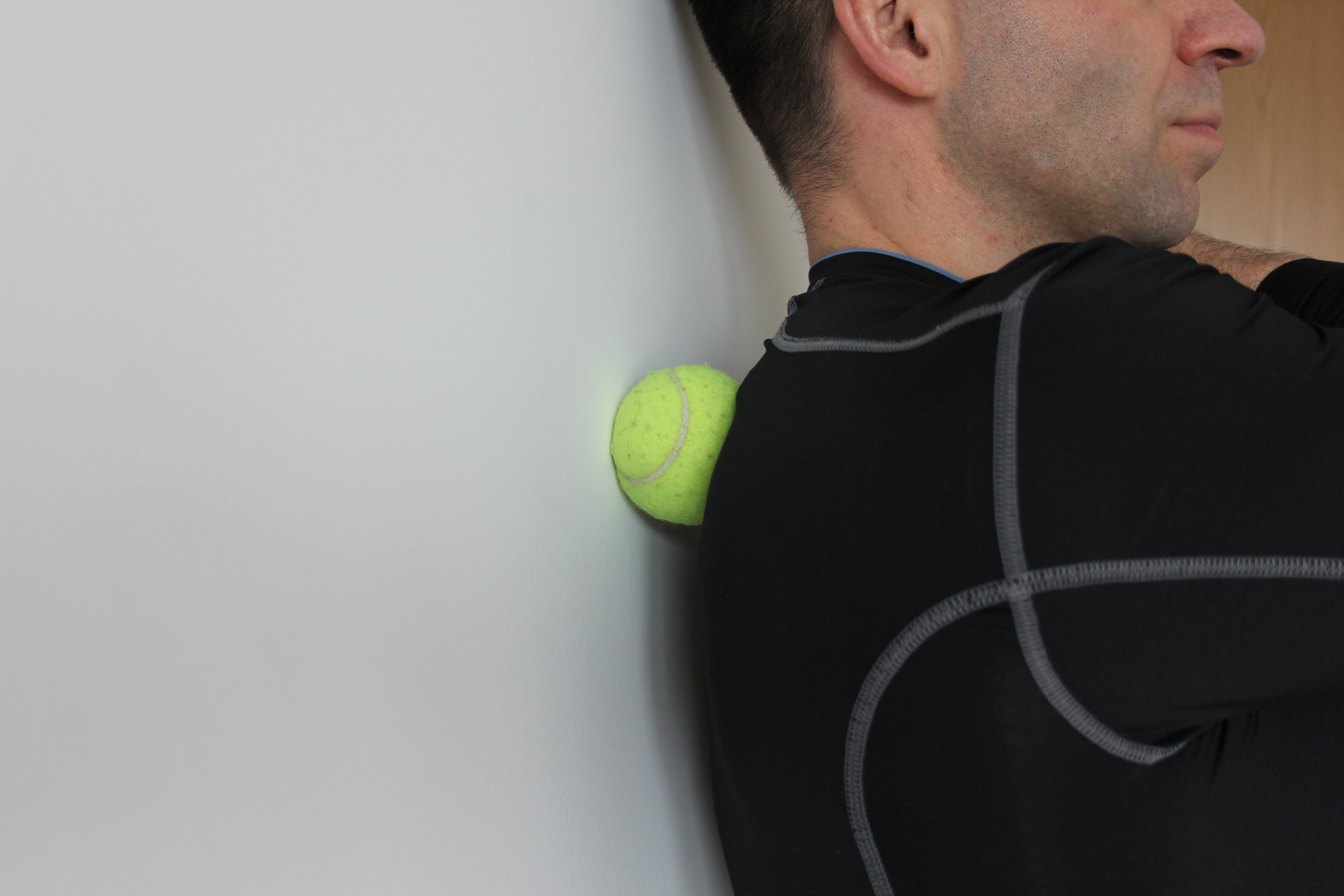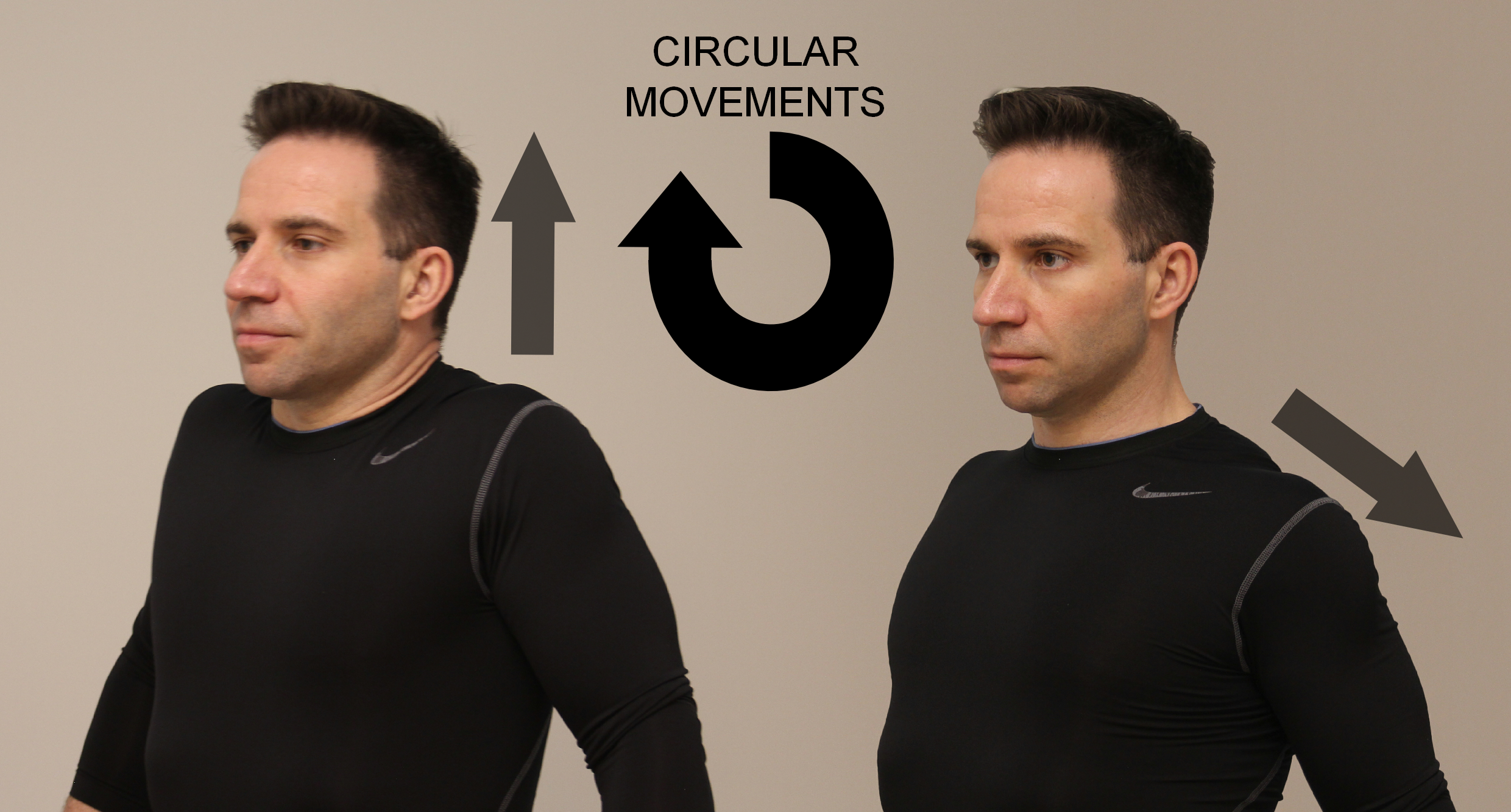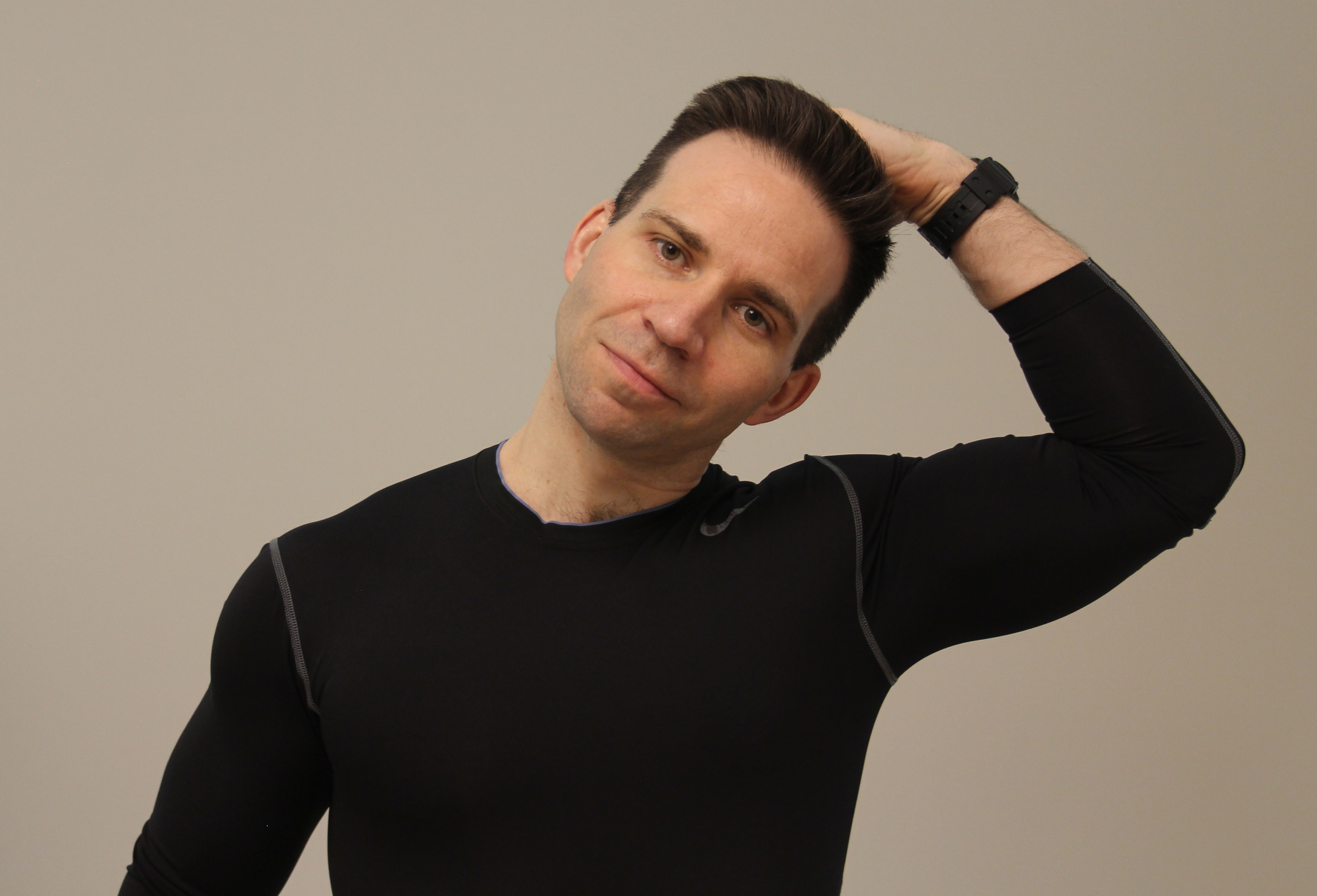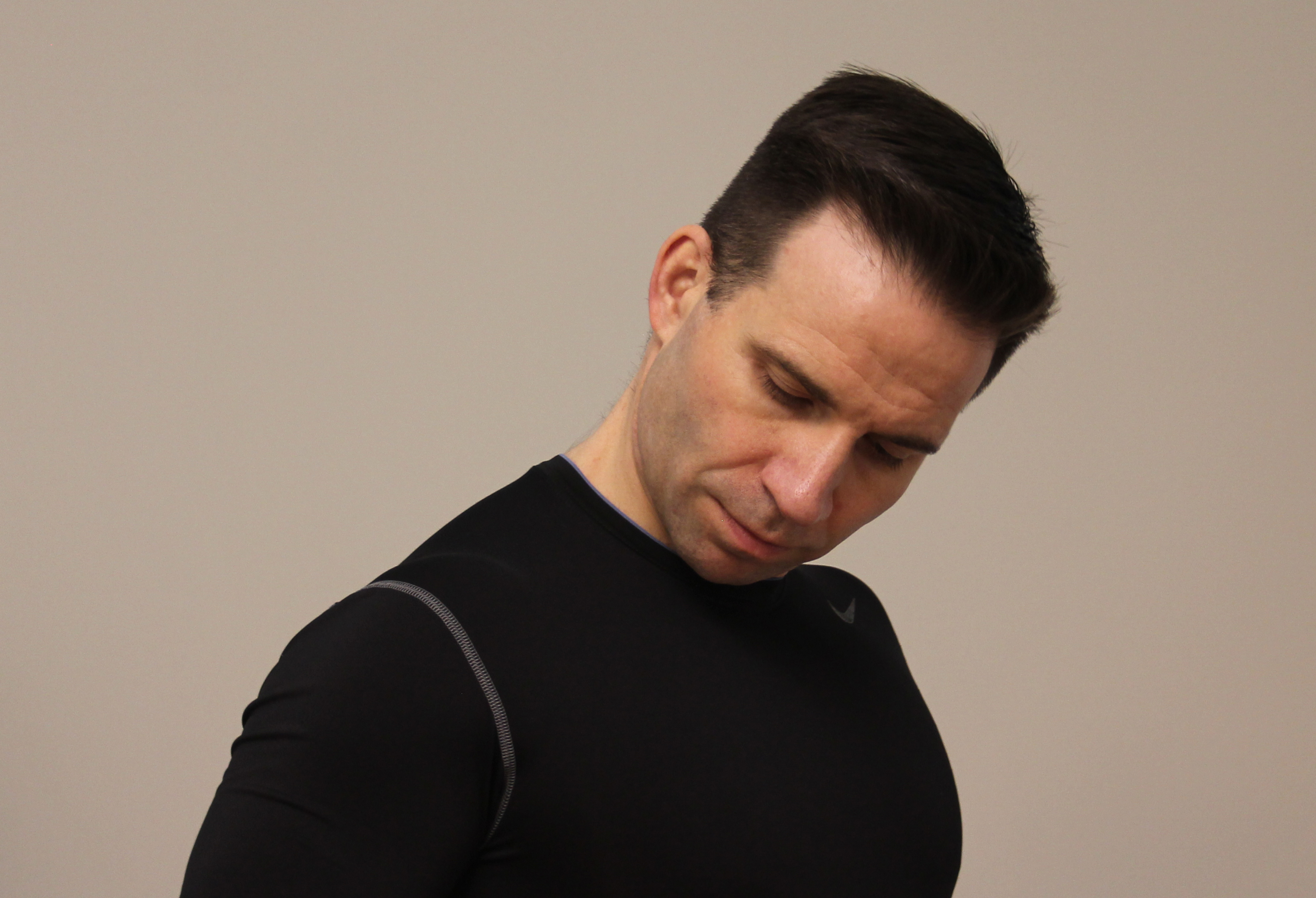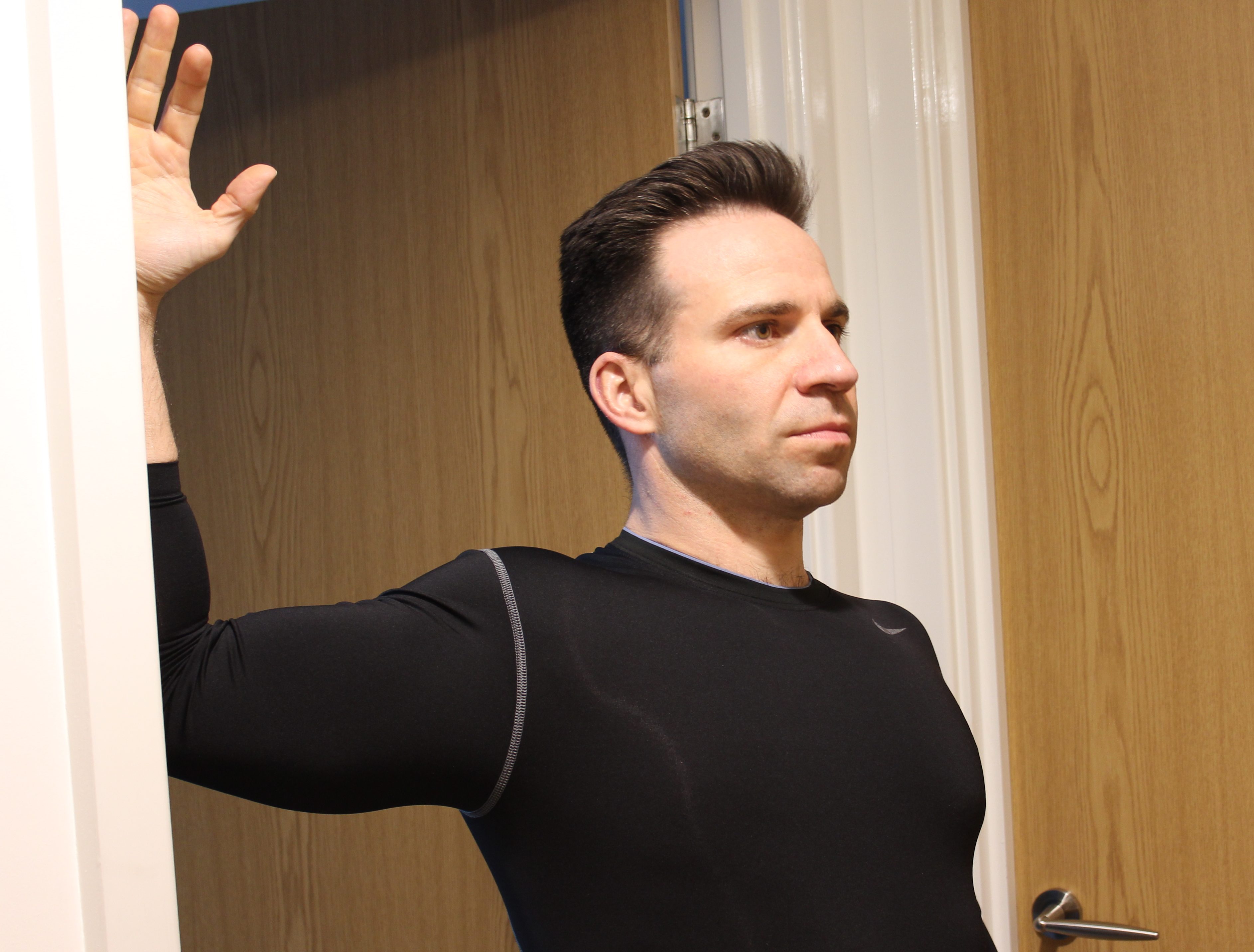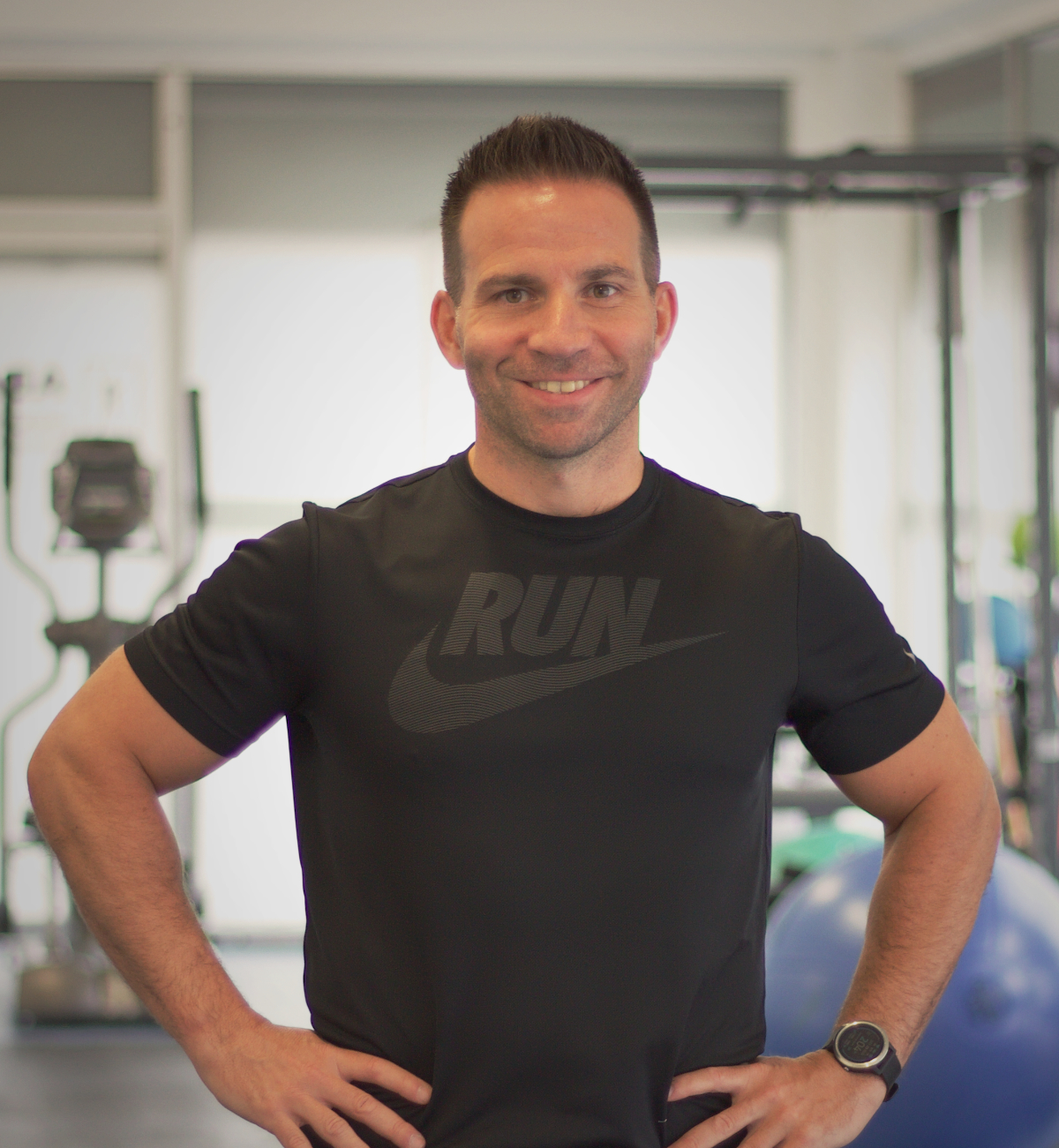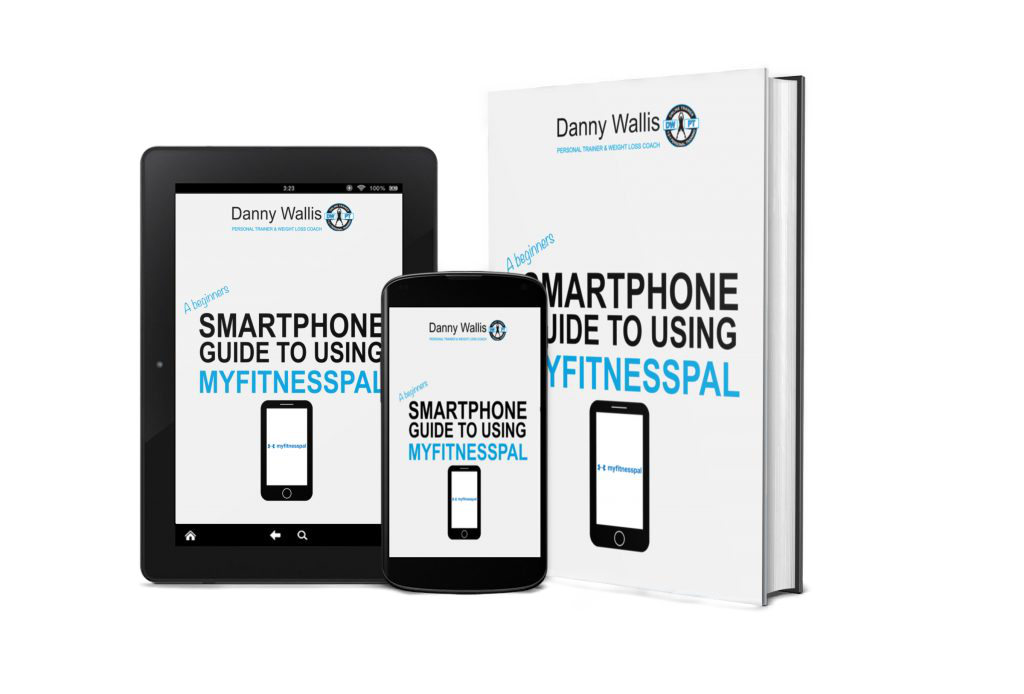Neck and shoulder tension, for some people, can literally be a pain in the neck. Tight, tense muscles can cause headaches, knotted muscle, impingement issues and often become a major cause of soft tissue pain.
In today’s post I am going to show you some really simple exercises which you can do anywhere to help relieve the symptoms of your tension.
Managing the symptoms alone isn’t enough though. Take that approach and you will be ‘firefighting’ the problem forever. Instead, let’s take the smart route and first work out what causes the problem of neck and shoulder tension in the first place so we can proactively make physical discomfort a thing of the past.
Causes of Shoulder & Neck Tension
Poor posture and long periods of sitting go hand in hand. From staring at your computer screen at work, long commutes and driving the kids around in the car all involve being sat down.
Sitting even spills over into our personal lives and largely dominates how we spend our recreational time. Dinner out, the cinema, the theater, gaming, watching TV, relaxing with friends are all past times generally spent in a prolonged seated position.
Office Back
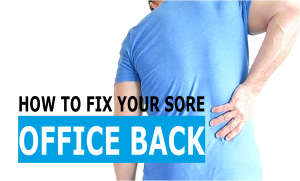 For those people who have read some of my previous blog posts, you may have come across the term ‘Office Back’. This is a simple description I use to describe the postural distortions caused by excessive sitting.
For those people who have read some of my previous blog posts, you may have come across the term ‘Office Back’. This is a simple description I use to describe the postural distortions caused by excessive sitting.
Being sat in a slumped position for prolonged periods of time can cause postural distortions which put a huge strain on the back, shoulders and neck muscles. This causes the soft tissues of those areas to become ‘reciprocally inhibited’ meaning over stretched, tight and weak which eventually can cause pain.
Stress
Stress on the body is another huge contributor to muscle tightness. Work stress, personal stress, lack of sleep, constant worrying, over-training and even dehydration can all be causes of physical stress on the soft tissues of the body.
How to Reduce Shoulder & Neck Tension
The first exercise I’m going to show you is called Myofascial Release. It is a very simple way of helping to reduce your shoulder and neck tension with a ‘massage’ style approach simply using a tennis ball.
When a muscle becomes ‘reciprocally inhibited’ the muscles nerve receptors encourage tightness. This technique is simply a way of convincing the nerve receptors to relax the muscle, making your tension pain almost instantly feel better.
How to Perform Myofascial Release on the Shoulders
Place a tennis ball in the ‘meaty’ section of your ‘Trapezius’ muscle. This is the upper back muscle which sits around the neck, the shoulder blade and the collar bone. It’s probably where you feel the bulk of your neck and shoulder tension originate from.
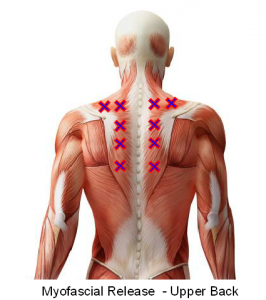 If you are very tight and tense, the sensation will probably be quite sore and even painful. This is completely normal and, over time, the discomfort will dissipate leaving your body more supple.
If you are very tight and tense, the sensation will probably be quite sore and even painful. This is completely normal and, over time, the discomfort will dissipate leaving your body more supple.
Once in position, move your body in small circular movements around the ball to help create a movement based massage. This will offer significant benefit in helping to relax your muscles.
Work all areas of the muscle, including moving the ball down between the shoulder blades. You can cross the arm over the chest to ‘open’ the shoulder blades and access the muscles which usually sit underneath this area. Expect these muscles to be very tight if you have been experiencing a lot of stress.
Safety Note – Please ensure you don’t place pressure on the actual bones or joints themselves and NEVER apply pressure to the spine. Ideally, roll or apply pressure to the muscle directly until the tightness and discomfort subside.
Stretches To Reduce Shoulder & Neck Tension
Once we have reduced the tension from your muscles, they will be in a much better state to be stretched and respond much more effectively.
Complete the following exercises to help increase mobility around your neck and shoulders to begin feeling even more relaxed.
Aim to hold each of the stretches for around 60 seconds or until the muscle tension subsides. Remember, you can’t stretch too much (as in, too often)… The more you do, the more it will help release negative tension.
Shoulder Shrugs
This is a dynamic exercise which means it’s movement based. Sounds ridiculously obvious, but moving helps promote better movement (which is why dynamic stretches rather than static stretches should be completed at the start of an exercise programme). On a day-to-day basis, the average person hardly moves their shoulder girdle at all so you should feel instant results if you generally have a sedentary lifestyle.
Aim for big rotations working backwards, squeezing the shoulder blades together. The bigger the squeeze on the shoulder blades, the more benefit you will feel… Remember to keep your back and neck feeling nice and relaxed, maintaining an upright posture with the feeling of lengthening your spine and neck. Aim for 20 – 30 repetitions.
Lateral Neck Bends
Sit up straight and relax your neck and shoulders as best as you can. Breathe out slowly and gently drop your ear to your shoulder. Aim to keep the chin in line, central to the body so as not to twist the head. Relax and breathe comfortably. You can use your hand to support your head if you wish… Please be careful not to pull on the neck.
Aim to keep the shoulder depressed on the side you are working on for a better quality stretch. You should feel this stretch through the sides of the neck and down to the shoulder.
Rotational Neck Stretch
Again, sit up straight and relax your neck and shoulders. This time as you breathe out, drop your chin down towards your chest. Aim to feel a stretch through the back of your neck. From this position, gently turn the head as if to look to the side. You should feel a comfortable stretch through the back and sides of the neck and shoulders.
Chest Stretch
Stretching the chest will help improve your posture and address the cause of shoulder tension in the first place.
Stand by a door frame with one arm bent at the elbow at ninety degrees making sure the elbow is in line with the shoulder. Place the elbow against the door frame and, gently, ease the body forward as to stretch the big muscle on the front of the chest. Repeat both sides.
Other Things You Can Do
There are, of course, other things you can do to help your neck and shoulders feel more relaxed. In terms of posture; if you have a sedentary lifestyle, the first thing to do is quite simply move more. I’m not going to patronise you by suggesting you stop working every 15 minutes and walk around the office because we all know that’s just not realistic and, probably, not able to happen.
What is realistic is simply to ensure you prioritise time to exercise regularly as part of your weekly routine and, ideally, stretch daily even if only for a few minutes either at the start or the end of your day to help your muscles relax and lengthen.
Exercise and Stretching
If, however, you are already someone who exercises, are you stretching enough? I’m guessing if you are reading this article then probably not. We tend to focus on stretching the bigger muscles in the body, however, in most cases, for no where near long enough and the neck and shoulders often get forgotten altogether.
If you are working out, remember to warm-up properly, mobilise your body fully and complete the following exercises after each session.
Postural Correction
We have already explored the fact constant sitting isn’t good for us. What we haven’t discussed yet is how we sit.
For example; you don’t need to slump over your desk. That’s simply a movement pattern which your body has adopted. You could train yourself to sit up a little straighter, opening the chest, relaxing your shoulders.
Set little triggers to help remind you keep yourself upright. It could be every time the phone rings if at work or every time you sit waiting for traffic lights to change in the car. Train your subconscious to improve how you hold yourself and, over time, your body will thank you for it.
Become Body Aware
The final tip I will offer is to learn to listen to your body and act upon what it it is trying to tell you. For example; don’t wait until your shoulders are so tight and tense the pain is constant. It’s so much harder to remedy at this stage. Instead, simply be aware of when you start feeling tension building up. You can then move and stretch to encourage the muscles to stay in a much healthier state. In other words, be proactive rather than reactive.
As always, I hope these little tips help move you forward to feeling better. Focusing on your health and fitness is often learning to manage the small things rather than just the big ones.
If our bodies feel better, it motivates us to do more in general. Who knows what new fitness path reducing your shoulder tension could potentially lead you to?

